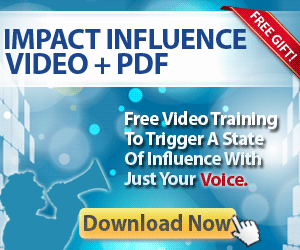Storytelling Persuasion
‘Facts and figures are forgotten. Stories are retold.’ -Jeffrey Gitomer
If you’re mathematically oriented then MAYBE you’ll remember the charts and graphs someone shows you in a presentation. And sometimes charts and graphs are really necessary to get to the specifics, but the real power of persuasion in presentation is the story.
Not long ago, I used to believe I wasn’t very good at telling stories. It wasn’t a shyness on my part or esteem issues, but I didn’t really understand that my stories were actual stories, that my stories were the real deal, the lifeblood of persuasion.
We all have stories. It might not be the most obvious story, but something tangential to your life. . . maybe your grandparent’s struggle, or a triumph over adversity or something very simple. If you are a financial adviser maybe your story is about how your family struggled financially when you were young. Or for Realtors, maybe it’s about how you changed lives when you found the perfect home for a client.
The first object in storytelling is to get your listener to agree with you. When that happens, persuasion inevitably follows.
The most important aspect of your story is ‘the point’. What’s the point? We’ve all been on the receiving end of endless speeches about someone’s troubles or conflicts that had no resolution, no ultimate reason except to blather on. These are NOT the kinds of stories we want to tell our prospects or clients.
Our stories have to have a similarity to the situation to which we’re presenting, as well as the important aspects of ‘The Hero’s Journey’. (If you’re not familiar with ‘The Hero’s Journey’ by Joseph Campbell, become familiar with it. It is the single most important work on archetypes and stories starting pulling from sources back to the dawn of time, and has had profound impact on my teachings and learnings, as well as the teachings and learnings of millions of others.)
Stories don’t have to start at the beginning. There’s usually a lot of fluff, wasted words, at the beginning. A writing teacher I knew had a general rule that the first paragraph or two of a story was entirely dispensable. By starting in the middle or mid-sentence even, the audience is compelled to listen. They want to know what they missed.
You can also start out with ‘the point’ of the story and work backwards. The point is what you want to teach, so it’s important to make it completely clear.
One of my coaching club students reverse engineers his stories. The first thing he determines is the outcome. Then he works back through the hero’s journey to the point of beginning.
Ultimately, to write it out, you have to begin by beginning. Write, write, write. Once it’s written, read it out loud. Then as you read, you’ll see where it needs to be edited.



